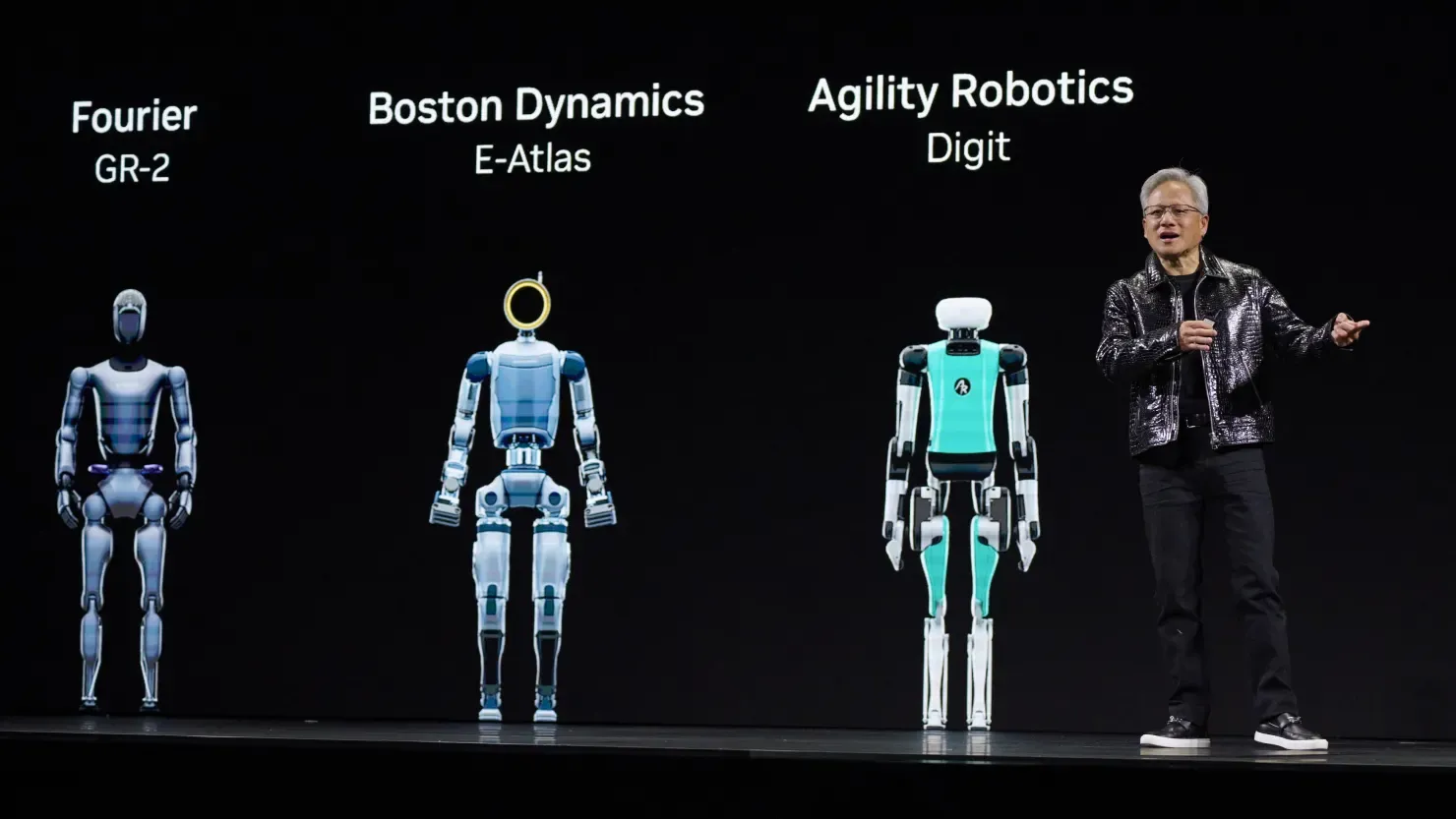U.S. tech giants like Tesla and Nvidia are doubling down on humanoid robots, touting them as a transformative force for the future economy. Yet analysts warn that China may already have the lead in this race.
Humanoid robots—AI-driven machines designed to replicate human appearance and movement—are expected to play a major role in industries like manufacturing and customer service. With growing interest from investors and tech leaders, companies are ramping up development.
Nvidia CEO Jensen Huang recently referred to this as the dawn of the "generalist robotics" era, unveiling a suite of tools for humanoid robot development.

Tesla’s Optimus robot is leading the U.S. push, with Elon Musk aiming to produce 5,000 units in 2025. However, China is quickly closing the gap. Companies like Unitree Robotics and Agibot (Zhiyuan Robotics) have announced similar production targets, with Unitree even selling two humanoid robots directly to consumers online.
China’s Growing Edge
-
Faster Commercialization: Chinese firms like Unitree have already brought humanoid robots to market, while U.S. counterparts are still in development.
-
Lower Costs: Unitree’s G1 model retails at $16,000, undercutting the estimated $20,000 cost of Tesla’s Optimus—thanks to China’s manufacturing efficiencies.
-
Government Backing: The Chinese government is actively supporting humanoid robot development, aiming for mass production by 2025.
Analysts compare China’s rise in robotics to its disruption of the electric vehicle (EV) market, where companies like BYD have outpaced Tesla in growth and pricing.
According to research firm SemiAnalysis, China leads globally in “humanoid” patent filings and owns 70% of the supply chain components needed to build these machines.
Unitree made headlines during the Lunar New Year when its H1 robots performed alongside human dancers on national TV—a symbol of how quickly China is integrating robotics into mainstream culture. Meanwhile,** EV manufacturers like BYD and Geely are already using humanoid robots in their factories**.
An Urgent Call for the U.S.
As China gains momentum, experts warn that the U.S. risks falling behind in a sector with the potential to reshape the global labor market. SemiAnalysis suggests that U.S. firms must urgently build or relocate manufacturing infrastructure to reduce dependency on Chinese components.
Bank of America analysts project that global humanoid robot sales could reach 1 million units annually by 2030, and 3 billion in operation by 2060. With costs dropping and AI rapidly advancing, the window for the U.S. to close the gap is narrowing.
The race is on—not just to build humanoid robots, but to lead in the next great industrial revolution.







